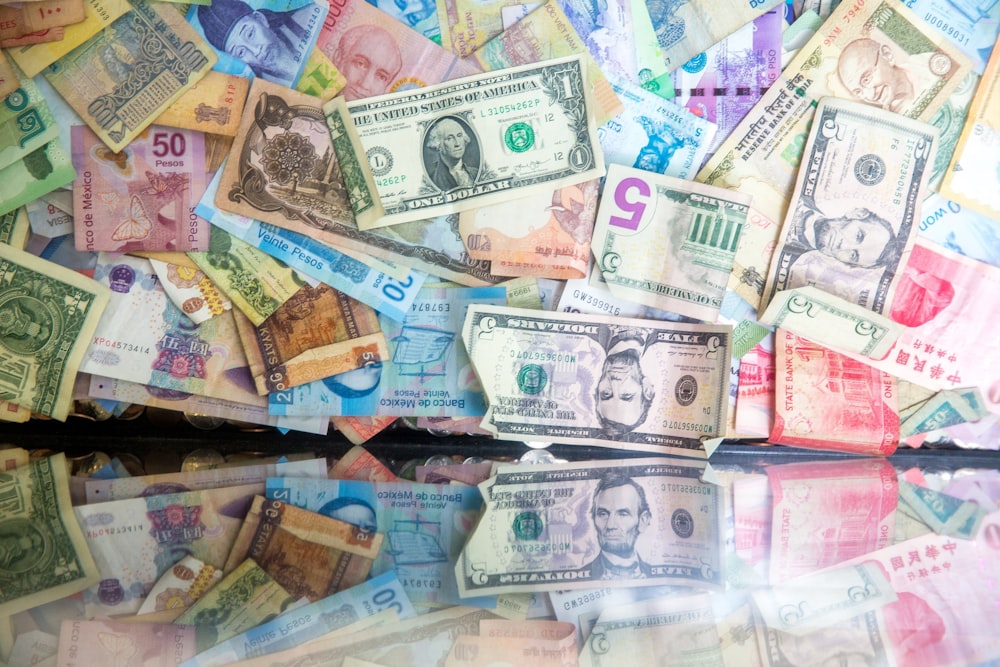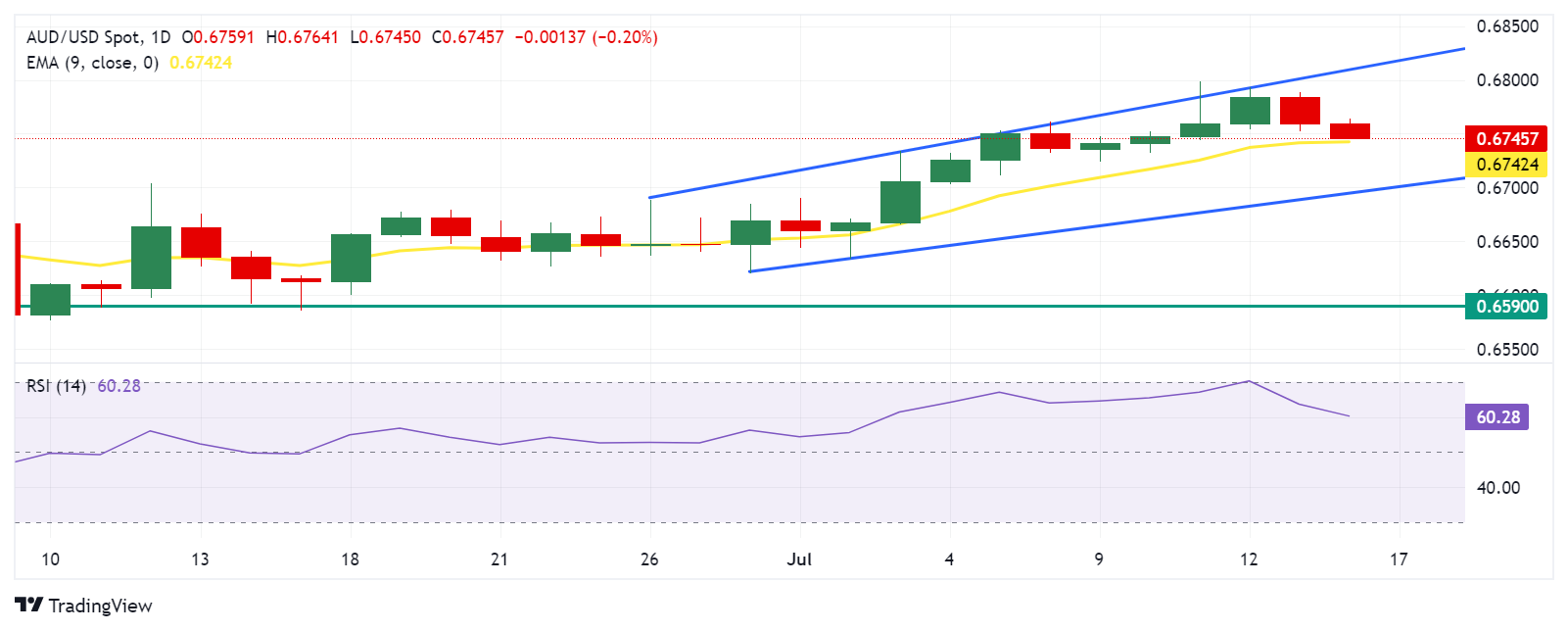Australian Dollar Extends Losses As China GDP Growth Decelerates
Image Source: Unsplash
- The Australian Dollar remains weaker due to due to China's concerns.
- Standard Chartered expects PBoC to implement rate and RRR cuts as China's GDP growth decelerated in Q2.
- CME Group’s FedWatch Tool indicates an 85.7% probability of a 25-basis point cut in September, up from 71.0% a week earlier.
The Australian Dollar (AUD) continues to decline for the second consecutive session on Tuesday. The AUD/USD pair lost ground due to a modest rebound in the US Dollar (USD), which could be attributed to increased risk aversion following the attempted assassination of former US President Donald Trump on Saturday. Investors are also looking ahead to the US June Retail Sales data, which are set to be released later today, for further insights.
The third plenum of the Chinese Communist Party's 20th National Congress continues today, being held from July 15 to 18. Standard Chartered expects cuts from the People's Bank of China, both in rates and the reserve requirement ratio (RRR), as GDP growth decelerated in Q2. China’s growth drivers remain uneven, and trade tensions are rising, with the US and EU imposing new tariffs on Chinese electric vehicles (EVs).
The AUD/USD pair remains close to its strongest levels as speculation grows that the Reserve Bank of Australia (RBA) might delay joining the global rate-cutting cycle or even raise interest rates again. Persistently high inflation in Australia prompts the RBA to maintain a hawkish stance. In contrast, cooling US inflation strengthened bets for a Federal Reserve rate cut in September.
The US Dollar (USD) may limit its upside due to increasing speculation that the US Fed will lower borrowing costs. According to CME Group’s FedWatch Tool, markets now indicate an 85.7% probability of a 25-basis point rate cut at the September Fed meeting, up from 71.0% a week earlier.
Daily Digest Market Movers: Australian Dollar declines due to risk-off mood
- Fed Chair Jerome Powell mentioned on Monday that the three US inflation readings of this year "add somewhat to confidence" that inflation is on course to meet the Fed’s target in a sustainable manner, suggesting that a shift to interest rate cuts may not be far off.
- Fed Bank of San Francisco President Mary Daly stated that inflation is cooling down in a way that bolsters confidence that it’s on its way to 2%. However, Daly added that more information is needed before making a rate decision.
- In China, a close trade partner of Australia, Gross Domestic Product (GDP) grew 4.7% year-over-year in the second quarter, compared to a 5.3% expansion in the first quarter and an expected 5.1%.
- The National Bureau of Statistics (NBS) reported that China's economy operated generally steadily in the first half of the year, with H1 GDP growth at +5.0% year-on-year. Looking ahead, the NBS highlighted increasing external uncertainties and numerous domestic challenges that China's economy faces in the second half of the year.
- US President Joe Biden on Monday addressed the nation from the White House, where he condemned all political violence and called for unity, per CNBC. Biden further stated that “it’s time to cool it down” and noted not just the weekend attack on Trump but also the possibility of election-year violence on multiple fronts.
- China's Retail Sales (YoY) increased by 2.0% in June, falling short of the expected 3.3% and below May's 3.7%. Meanwhile, the country's Industrial Production for the same period showed a growth rate of 5.3% year-over-year, surpassing estimates of 5.0%, albeit slightly lower than May's 5.6%.
- On Thursday, the data showed that the US Core Consumer Price Index (CPI), which excludes volatile food and energy prices, rose by 3.3% year-over-year in June, compared to May's increase of 3.4% and the same expectation. Meanwhile, the core CPI increased by 0.1% month-over-month, against the expected and prior reading of 0.2%.
Technical Analysis: Australian Dollar hovers around 0.6750
The Australian Dollar trades around 0.6750 on Tuesday. The analysis of the daily chart shows that the AUD/USD pair consolidates within an ascending channel, indicating a bullish bias. However, the 14-day Relative Strength Index (RSI) declines toward the 50 level, suggesting a correction. A further decline could weaken the bullish trend.
The AUD/USD pair may test the psychological level of 0.6800. A breakthrough above this level could support the pair to approach the upper boundary of the ascending channel near 0.6810.
On the downside, immediate support appears around the nine-day Exponential Moving Average (EMA) at 0.6743. Further support is seen near the lower boundary of the ascending channel at 0.6695. A break below this level could push the AUD/USD pair toward the throwback support at 0.6590.
AUD/USD: Daily Chart
More By This Author:
EUR/GBP Edges Higher To Near 0.8400 Due To Diminished Expectations Of ECB Rate CutsNZD/USD Consolidates Around 0.6100 As Traders Await US Data
Australian Dollar Pulls Back From Six-Month Highs
Disclosure: Information on this article contains forward-looking statements that involve risks and uncertainties. Markets and instruments profiled on this page are for informational purposes ...
more




